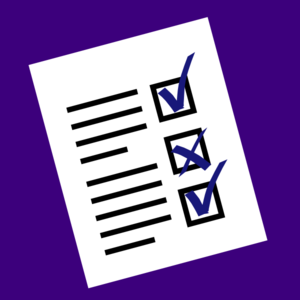 I recently mentioned using Pressbooks to format books in my post about memoirs. It occurred to me that I had yet to wax lyrical about this great website. So, this month I’m going to give you a guided tour.
I recently mentioned using Pressbooks to format books in my post about memoirs. It occurred to me that I had yet to wax lyrical about this great website. So, this month I’m going to give you a guided tour.
I found Pressbooks.com a few years ago, when I wanted to generate epub and mobi files of a book that would never see a formal distribution channel. My client just wanted to be able to place files on a website for readers to download free of charge. At the time it was a new site, still in beta, and those of us who used it chatted back and forth with the developers occasionally. I found them charming, clever and helpful; I remain fond of the site as a result.
These days it’s pukka, with paid services, distribution channels and a string of glowing reviews from small publishers. Although it now goes way beyond simple ebook production, you can still access the services completely free. Who would want to though, and why? Continue reading “Pressbooks: another formatting resource for Indie writers”

 Once we’re done writing a book, it’s time for eBook and print edition formatting. Going back through again and again to check all the small details and make sure it’s all correct can be a frustrating time sink. I’ve found that if I try to check on everything as I read back through, I tend to miss things, so I developed a process where I go through once to check on just the headers, another time to check just the footers, a third time to check on just the formatting of the chapter titles, then again for whatever else might be required in that particular book. Very time-consuming.
Once we’re done writing a book, it’s time for eBook and print edition formatting. Going back through again and again to check all the small details and make sure it’s all correct can be a frustrating time sink. I’ve found that if I try to check on everything as I read back through, I tend to miss things, so I developed a process where I go through once to check on just the headers, another time to check just the footers, a third time to check on just the formatting of the chapter titles, then again for whatever else might be required in that particular book. Very time-consuming.
 Guest Post
Guest Post